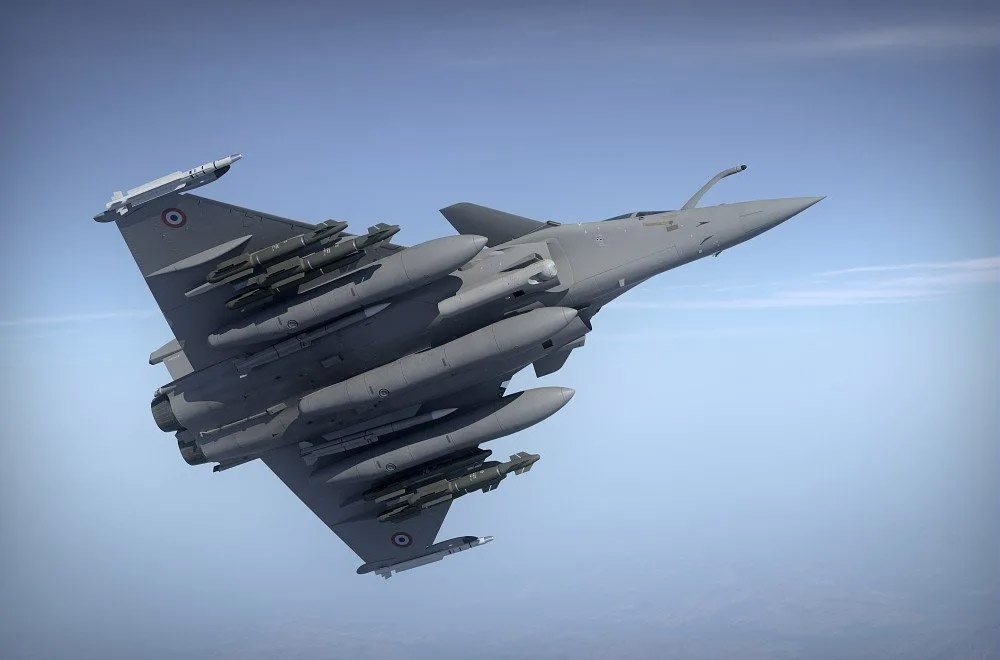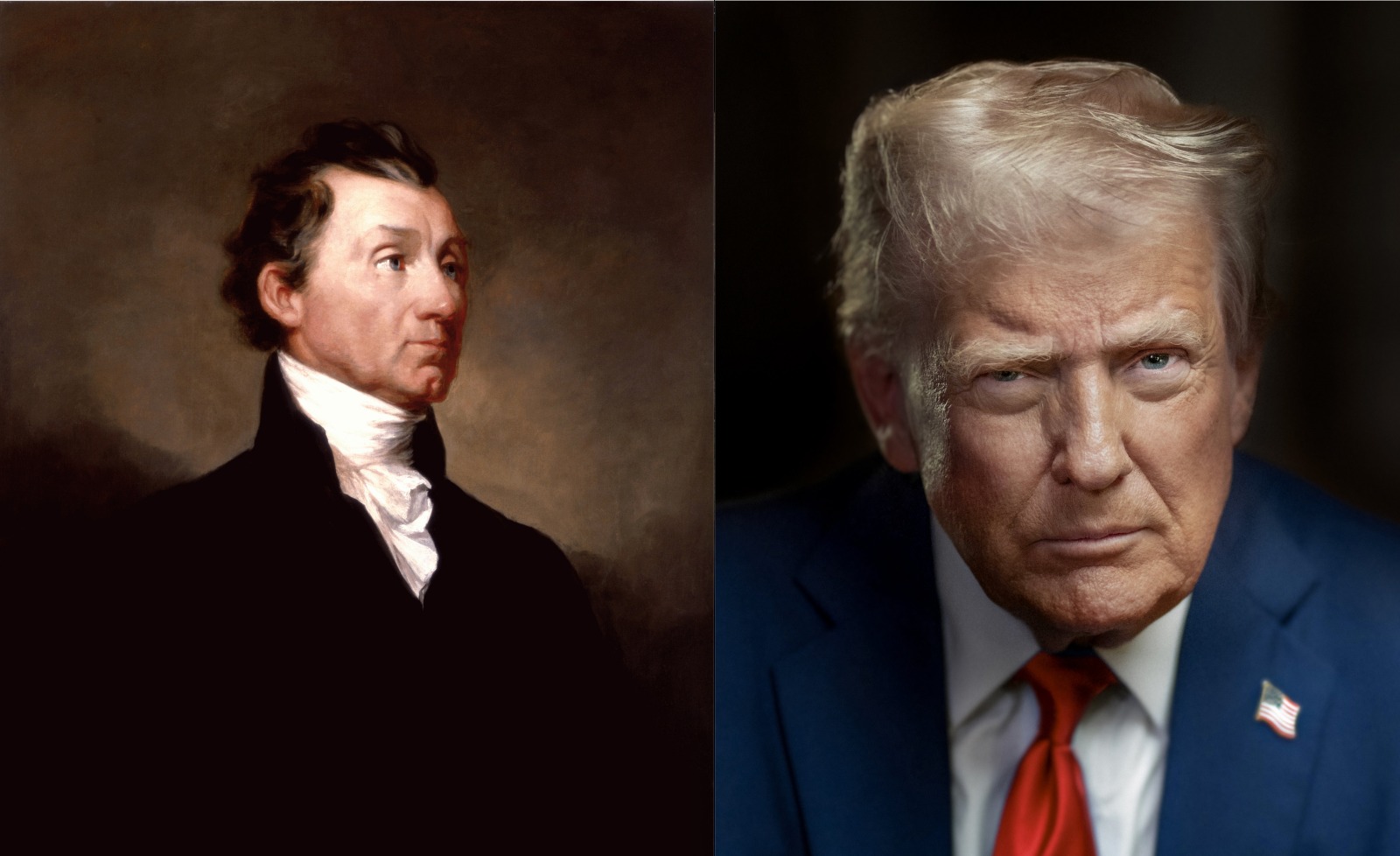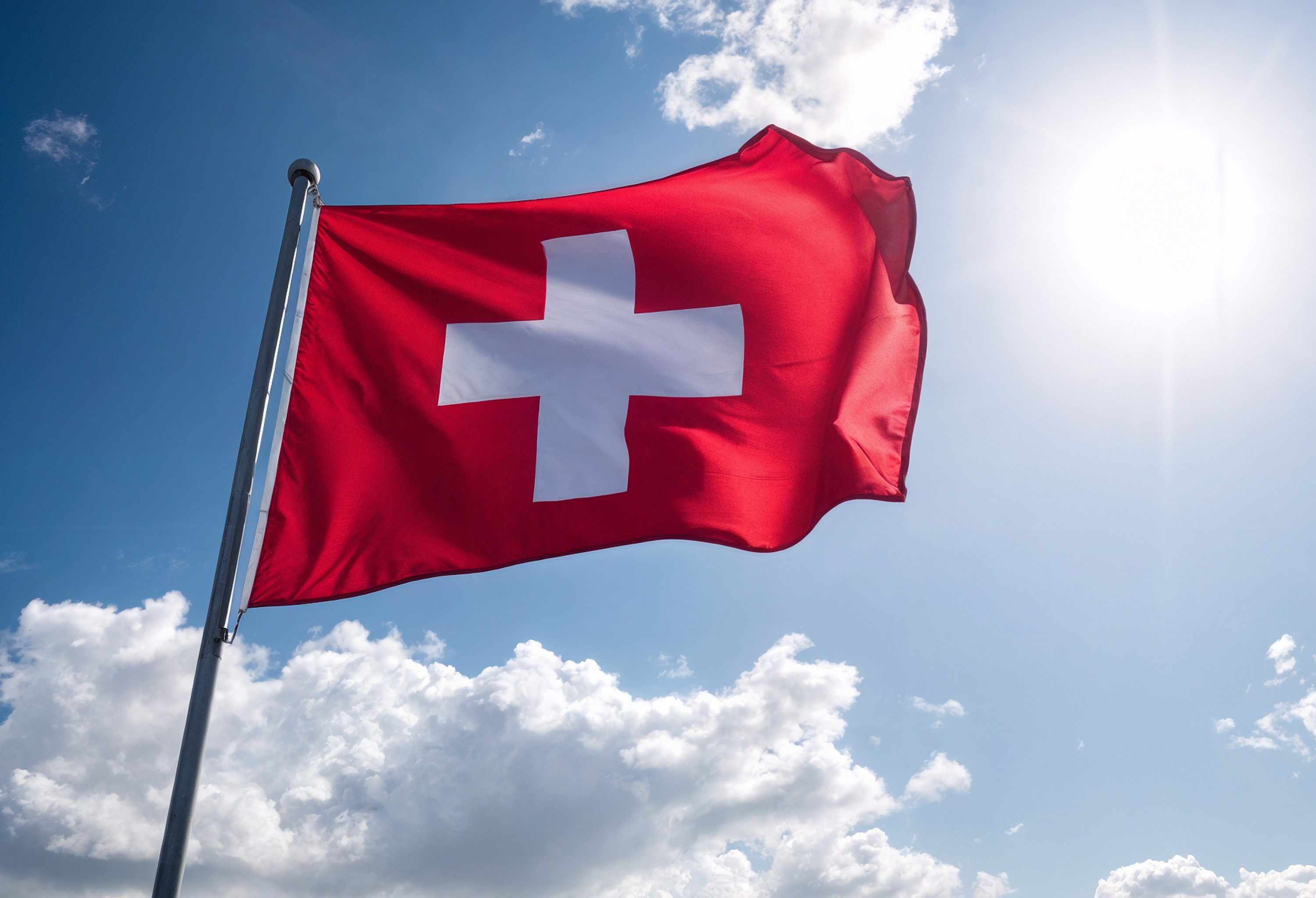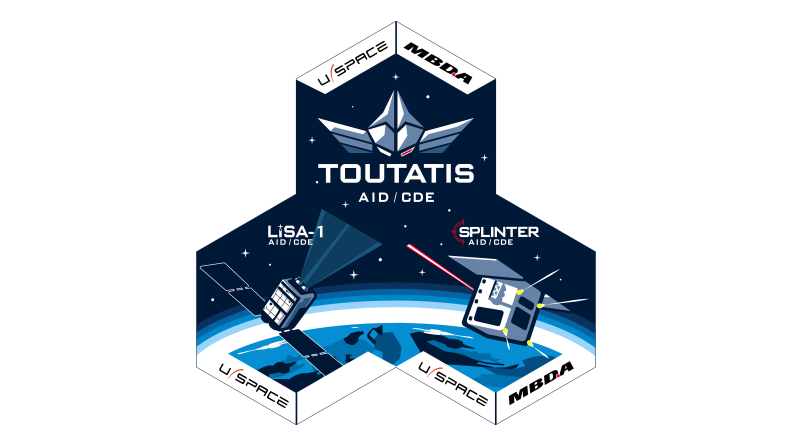La Russie réduisant ses propres dépenses d’armement, les industriels russes vont devoir compter davantage sur les exportations, à condition de rénover leurs produits et leur offre en passant d’équipements post-soviétiques modernisés à des systèmes plus récents
Russia’s Arms Exports: Successes and Challenges
Russian Arms Exports: Successes and Challenges
Because Russia is reducing its own defence spending, Russian defence industries will have to count more on exports. Yet to do this successfully, they will have to update their products and offers by consigning modernised post-Soviet equipment to history, and concentrating on more modern systems.
As Russia plans to cut back on its own military procurement1, revenues from international arms sales will become more important as a financing source for maintenance and further development of its defence industrial sector. The ability of the Russian industry to adapt to the continuous adjustment of the international arms trade environment will therefore have a significant impact on its future.
Despite the fact that its defence companies are rather small compared to major Western companies, Russia has managed to become a key supplier to the global arms market2. In 2012–2016, according to SIPRI, its share in international arms transfers amounted to 23%, second only to the U.S. share (33%). It was followed by China, France, Germany and the United Kingdom—all lagging behind Russia with as much as 17 to 19 percentage points3. In total, SIPRI identified 57 countries as exporters of major weapons in 2012–2016. However, according to the so-called Herfindahl Index—a number equivalent of supplier concentration—the concentration rate of the international arms market corresponds to a market of 5.5 equally sized selling countries. The international arms market has thus more features in common with an oligopoly market, i.e. a market dominated by a small number of sellers, than of a market with perfect competition where no single seller is large enough to influence the market price.
At first sight, Russia seems to have a strong position in this setting, in particular as the global volume of international arms transfers has grown more or less continuously since 2002. Russian arms and military equipment have usually been considered to be good enough for their purpose and for reasonable prices—an attractive formula for middle-income countries. However, this comparative advantage has faded in later years. What is more, the financial value of Russian international deliveries of conventional arms peaked at 15.7 billion U.S. dollars in 2013, and has since then stagnated at 15 billion U.S. dollars per annum4.
Il reste 91 % de l'article à lire
Plan de l'article







